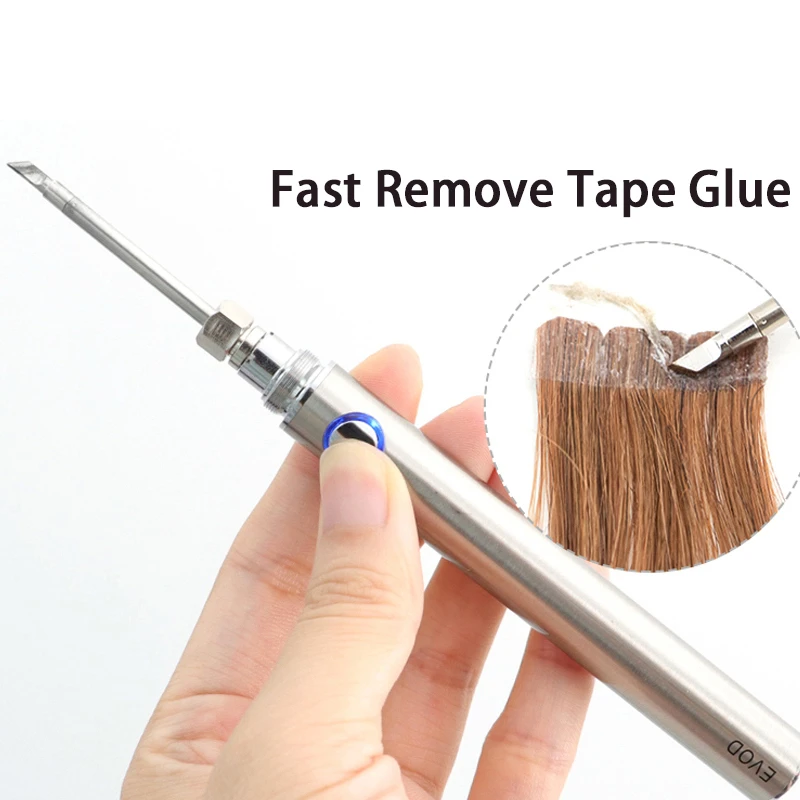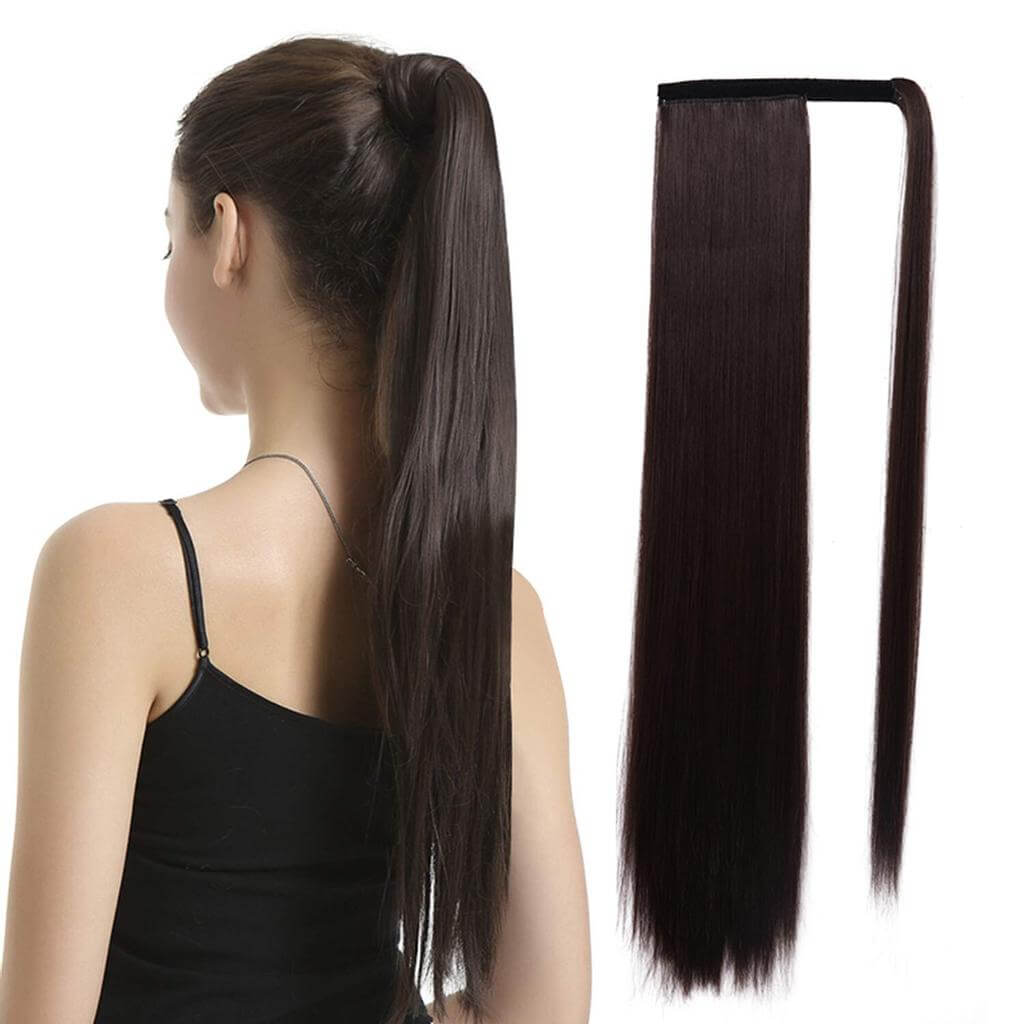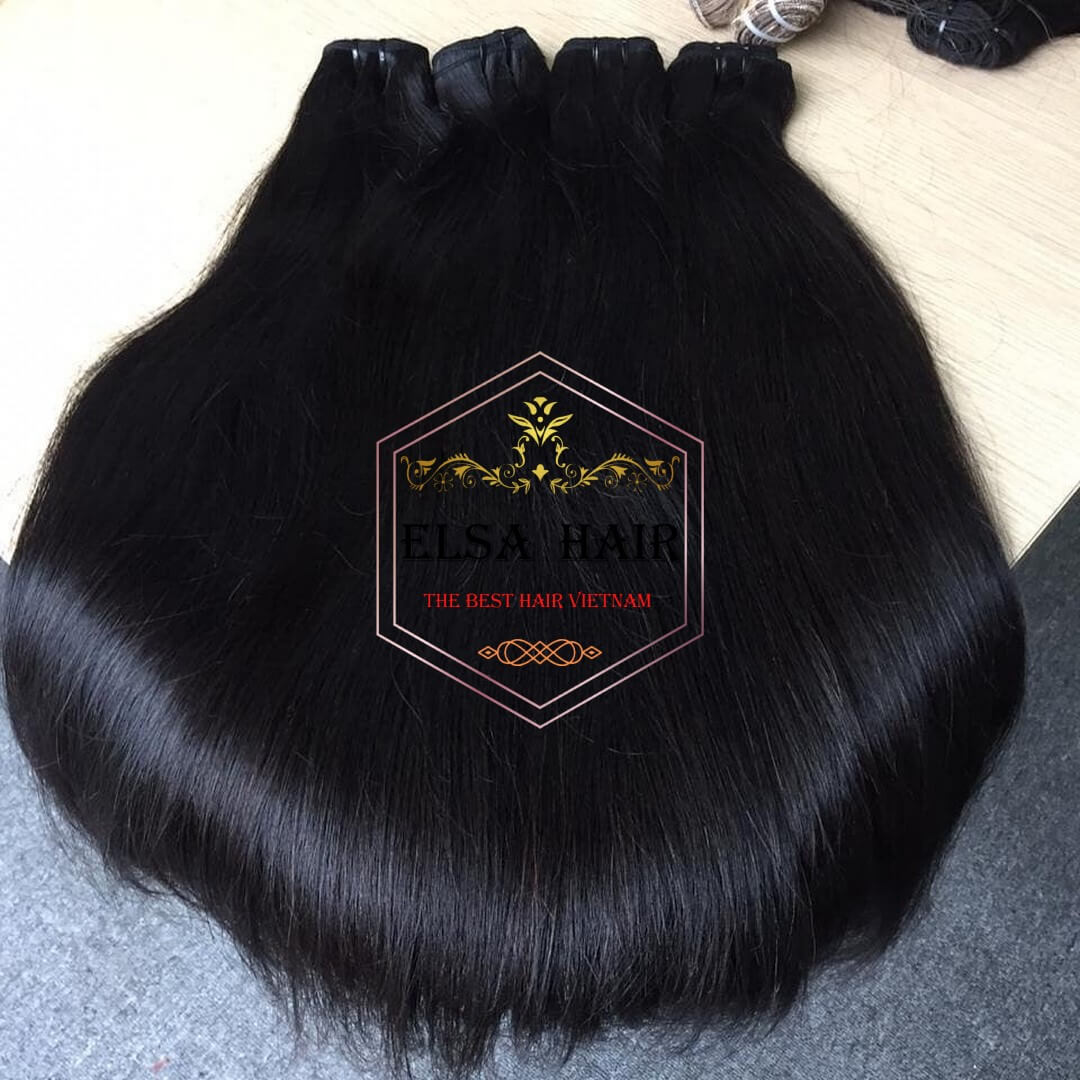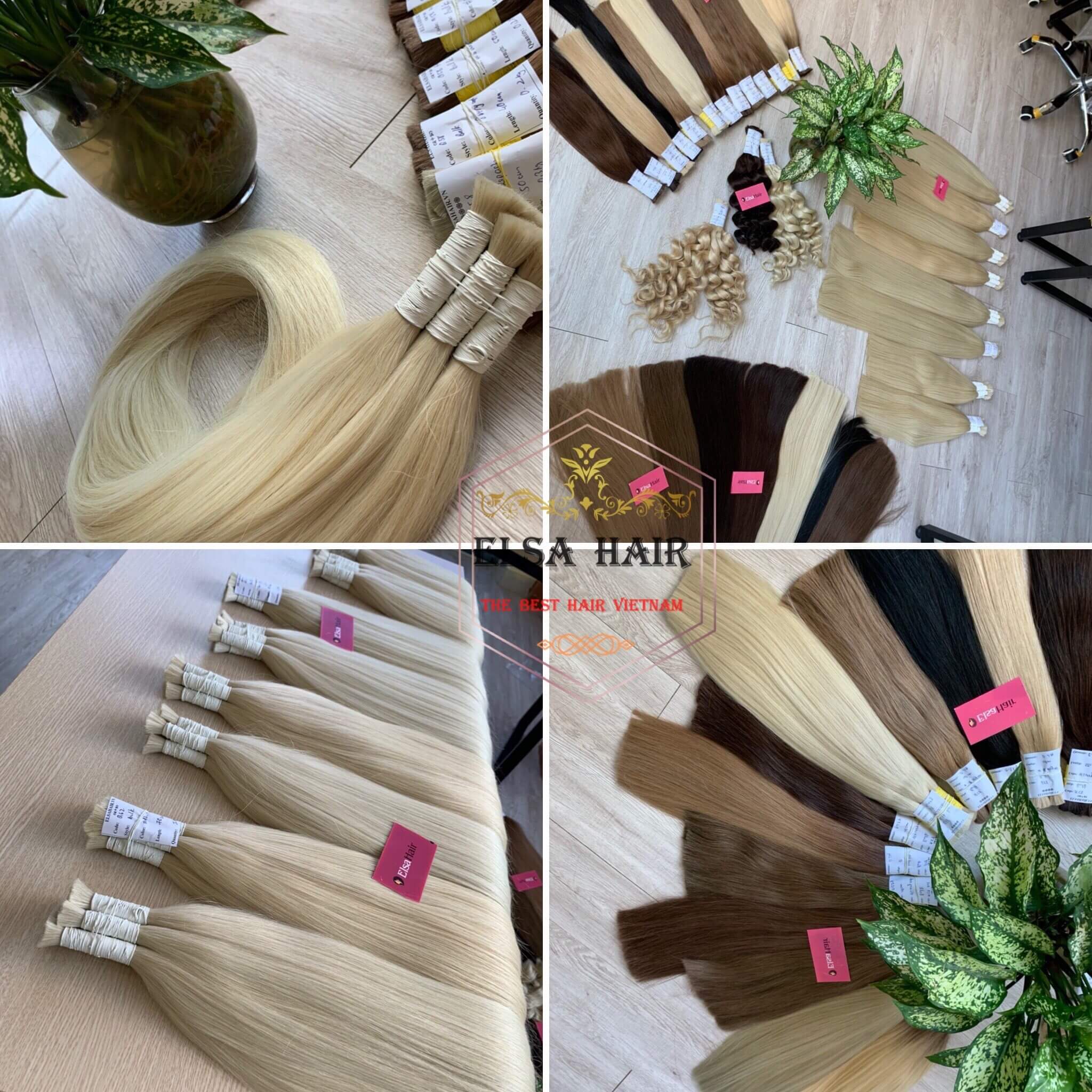If your hair extensions are currently creeping down your head and tangling at the roots, don’t panic. As we know, hair salons are closed for the foreseeable so the ideal option (to let the pros remove them) isn’t currently possible, but there are a few ways to maintain your extensions or even remove them yourself. First things first, avoid pulling them out. ‘If you pick or pull at old bonds, the hair that is still growing and attached can be put under unnecessary strain and, in the worst-case scenario, will come out,’ says Louise Jenkins, Education & Creative Manager at Great Lengths. Instead, Jenkins recommends trying to maintain your extensions, despite how long they’ve been in, and leave the removal until you’re able to visit the salon.
If, however, you can’t wait until your next salon appointment and are desperate to take them out, we’ve spoken to Owner and Founder of Neville Hair and Beauty salon, Elena Lavagni who’s shared her pro tips and tricks for removing both bond and tape hair extensions at home.

How to look after and maintain your extensions during quarantine
‘Maintenance is key,’ states Jenkins, ‘make sure you increase the number of times you brush your hair on a daily basis to ensure the extensions do not become tangled and matted.’
‘Now is a great time to also give your hair a rest, so avoid heat tools and styles that cause tension (like a high pony or bun) as this can pull your natural hair out too. Rather, opt for a loose low pony or a plait to minimise the bonds/tapes moving.’
‘Washing your hair a little less is also a good trick when maintaining old extensions. Although washing itself will not necessarily affect the bonds/tape, the drying and styling after could potentially take its toll. Take this opportunity to give your hair a break!’

How to take care of hair that’s matted and tangled at the root
‘Matting occurs from the natural shedding of hair,’ explains Jenkins. ‘Every day we lose between 40 and 150 hairs so if we’re wearing extensions, we have to consider that the natural hair loss is unable to fall out from our head. These tiny hairs have the ability to become intertwined with the hair that is still growing as it stays attached to the bond.’
‘If you do not brush your hair and separate your bonds to encourage these loose hairs to stay individual, matting can occur. Make sure you are brushing your hair up to three times a day – and separating your bonds by pulling them gently apart each evening. The older your bonds get, the more often you should do this.’
How to remove tape hair extensions at home
If you’re beyond the point of no return and just want to be rid of your hair extensions, follow Lavagni’s tips and tricks.
Tape extensions tend to be easier to remove than bonds. ‘First up, you will need to buy tape-in and keratin extension adhesive remover (there are lots on amazon),’ says Lavagni. ‘Simply apply a drop or two of the remover along the tape, massaging it in, and then you should feel the tape loosen up. Gently peel off the extension and slide it down the hair. These adhesive removers are 100% safe for your strands and won’t cause any damage to your hair. You can use the drops or gel to remove any glue residue from the strands after you have taken the extensions off, too.’

How to remove bond hair extensions at home
A bit fiddlier, for bonds you’ll need hair extension pliers, keratin remover and a fine-tooth comb. ‘Separate the bonded hair extension from all the surrounding hair and apply the keratin remover to the bond. Work it in for a few seconds. Next, get your pliers and gently clamp down on the bond – squeezing it until it breaks. You should then be able to slide the hair extension down off the hair. Keep going until you remove every bond. After, go through the strands with a fine-tooth comb to make sure there’s no glue residue.’ If you’re currently isolating with a friend or partner, it might be worth recruiting their help to get those difficult to see bonds at the back.
PLEASE CONTACT US IF YOU HAVE ANY QUESTIONS: WHATSAPP +84 988614198









